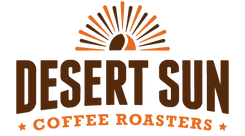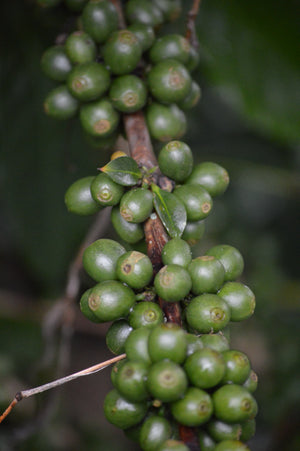How the Cool Farm Tool Helps Farmers Calculate Their Carbon Footprint
Jun 23, 2020
Like many of you, the advent of COVID-19 leaves me with a bit more time on my hands, roasting a little less coffee and spending more time at home. This has given me an opportunity to learn more about some exciting, impactful developments within the coffee industry, Desert Sun’s role within these exciting endeavors, and the importance of a sustainable cup of coffee.
Last week I was able to (virtually) attend the Cool Farm Alliance 2020 Annual Meeting. Even on Zoom, the CFA Annual Meeting was an exciting overview of the complex challenges facing the world and its agriculture. CFA aims to address those challenges through its Cool Farm Tool (CFT), an online platform to help farmers calculate their carbon footprint from greenhouse emissions, water use, and biodiversity management. Coop Coffees already practices transparency by providing the metrics of fair trade on our website; anyone can track our beans through the entire supply chain, learn what we do with our producer partners in different countries, and see what we pay farmers. And now with the CFT, we can put real numbers on the impact of in-country agricultural practices.
Conventional agriculture accounts for 10% of the world’s greenhouse emissions, and in many developing countries, agricultural emissions represent the biggest source of greenhouse emissions. In coffee growing, conventional agriculture is part of the problem; while encouraging coffee production as an agroforestry plot – and thereby carbon negative agriculture -- is a significant part of the solution. This is where the CFA and the Cool Farm Tool come in.

The CFT is really all about communication. It is an online calculator for farming, where users can import their data and learn how their current practices impact their carbon footprint, labor, and – ultimately – financial performance compared with other farmers. The CFT fills a communication gap within agribusiness and makes the incredibly complex variables of farm production much simpler and more understandable. Farmers can see the benefits of sustainable practices. On the other end of the supply chain, distributors and consumers are able to quantify and communicate the positive impact of sustainable practices.
Monika Firl, Director of Sustainability for Coop Coffees, explains the role of Coop Coffees within CFA’s mission as having three parts:
We will use the Cool Farm Tool to measure the carbon footprint of our entire coffee supply chain; it raises awareness around best environmental practices with our producer partners, as well as our climate responsibilities with our clients and customers;
We will incentivize our producer partners with an environmental service payment to compensate for the hard work of sequestering carbon in their fields; and
The icing on the cake, the carbon capture that improves soil regeneration and the overall health and resilience in their fields, will only improve the flavor profiles of the beans!
Which leads to the final take away, centering (not surprisingly) on a good cup of coffee. If you want to enjoy a good cup of coffee 10 or 20 years from now, then you need to be drinking a sustainable cup of coffee right now!


